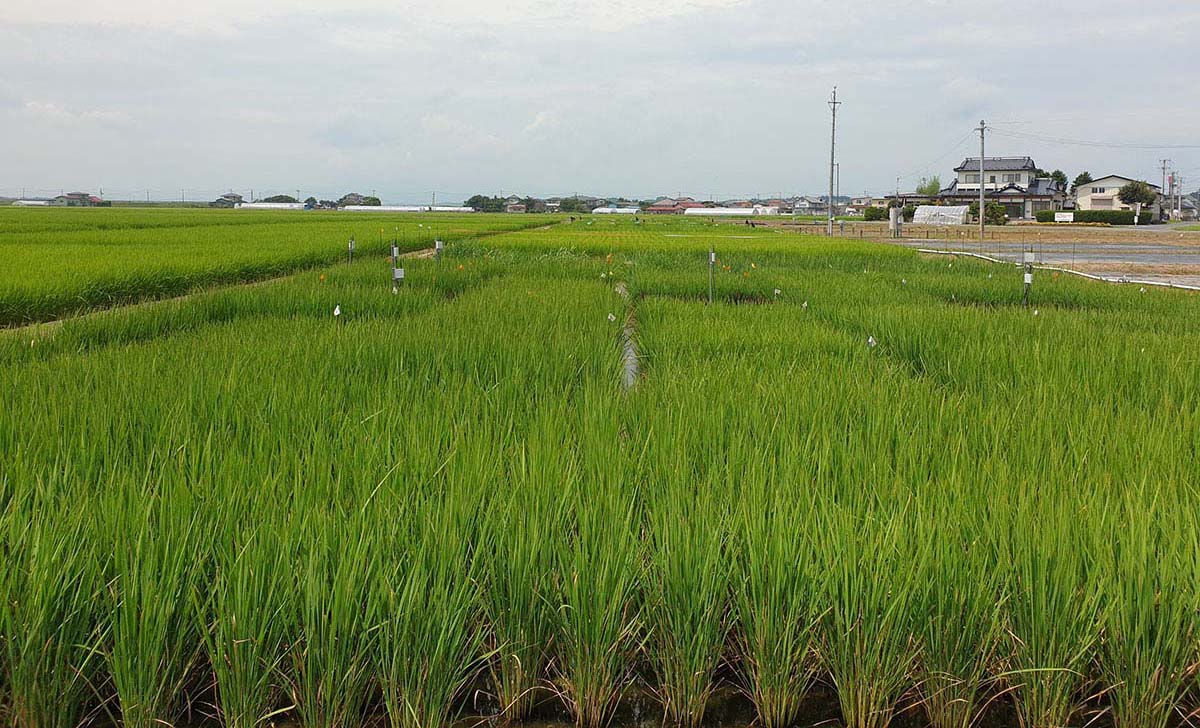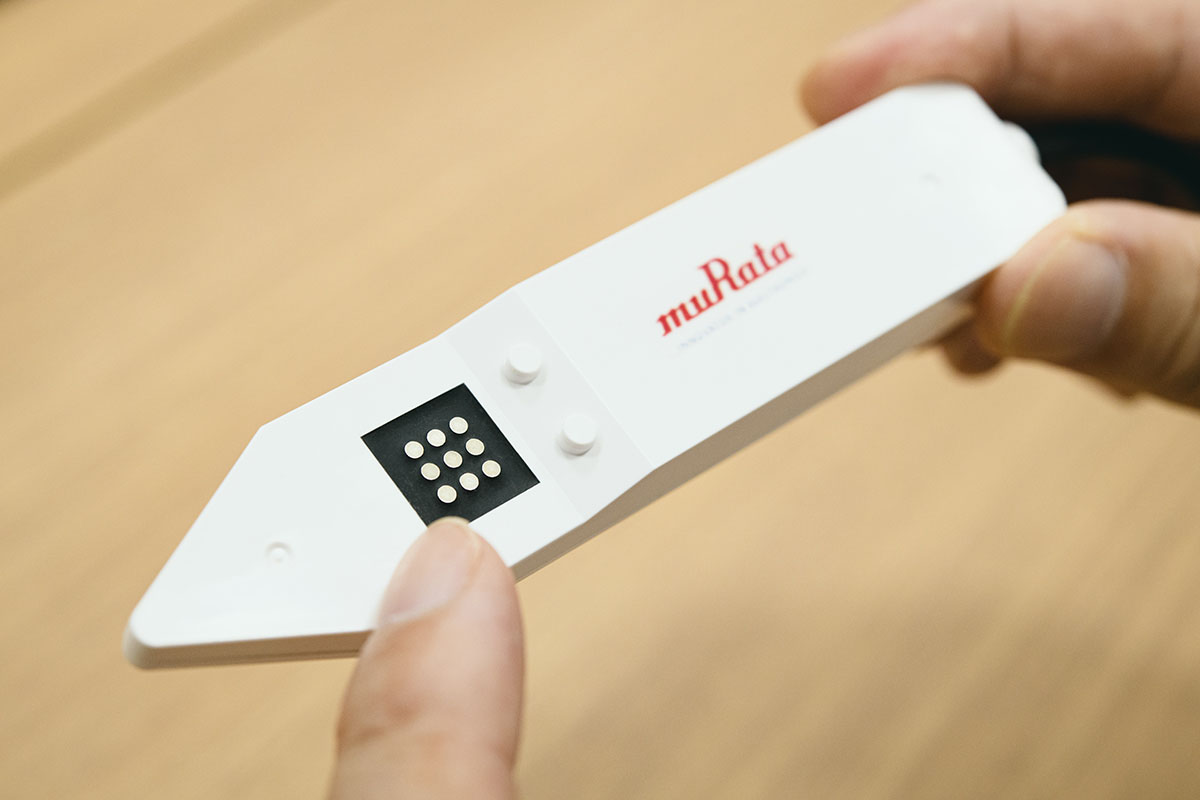[Murata Articles] How Will Murata’s Soil Sensors Change Agriculture? S…
- Writer : 최고관리자
- Date : 23-05-22 09:46
- Hit : 4,684회
본문
How Will Murata’s Soil Sensors Change Agriculture?
Smarter Watering Management for Greenhouse
Horticulture, Fruit Growing, and Outdoor Cultivation
02/28/2023
This article is a revised version of a sponsored article published in the AGRI JOURNAL life and business media for young agricultural managers and new farmers on October 6, 2022.
Isn’t one of the ideals of agriculture to maintain sustainability with a good balance between cultural development, the environment, the economy, living things, and communities? Murata Manufacturing (hereinafter “Murata”) has started the mass production of high-performance soil sensors that contribute to the realization of that ideal.
Murata Contributes to Solving Issues in Agricultural Production with Our High-Performance Soil Sensors
Some greenhouse horticulture producers constantly measure the amount of water content, fertilizer concentration, and other data in culture media by using soil sensors throughout the cropping season. The producers then appropriately manage those values. They do that with the aim of increasing high yields, maintaining high quality, and improving efficiency.
The time may come when such advanced cultivation management is also applied to outdoor vegetable cultivation, fruit growing, and other areas in addition to greenhouse horticulture. Murata started mass-producing high-performance soil sensors that will contribute to such smart agriculture in the future in May 2022. One of the reasons for developing this product was our desire to solve issues faced by the Japanese agricultural industry.
A diverse range of crops are produced in Japan—from wetland rice to outdoor vegetables and root vegetables and from greenhouse horticulture to fruit growing. However, the farmers who support Japanese agriculture are aging and decreasing in number at the same time. Moreover, the pace of those changes is advancing rapidly. This is calling into question the sustainability of Japanese agriculture. Smart agriculture is attracting attention as one measure against that. Smart agriculture is a new form of agriculture. Farmers utilize robotic technologies and information and communication technologies (ICT) to achieve labor saving, greater precision, and high-quality production. In addition, salt damage is becoming more serious due to climate change from a global perspective. This means measures against salt damage have become a pressing issue. We have developed this product, which makes it possible to monitor the condition of farmland over a long period of time, to offer some help toward solving such social issues.
Soil Sensor in the Earliest Days Developed to Support Reconstruction from the Great East Japan Earthquake
There are already many soil sensors on the market. Yoshiyuki Oba in the Development & Marketing Section, Product Engineering Department, Functional Device Division, now tells us about the background to the development of soil sensors by Murata among those products.
“We originally developed this soil sensor as part of a project to support reconstruction from the Great East Japan Earthquake. The tsunami led to flooding of paddy and other fields in coastal areas in the Tohoku region, which caused salt damage. We started developing this product from a desire on the part of Murata to contribute to reconstruction from that damage.
Furthermore, we have evolved it as a sensor that contributes to solving environmental problems caused by climate change around the world and that adapts to smart agriculture. The functions of sensors are important. However, we have placed particular importance on the added value that this creates.”

Murata’s Highly Durable and High-Precision Soil Sensor

Let’s now take a look at Murata’s soil sensor, which we have started to mass-produce. It has three sensors built into one body. That means it can simultaneously measure the three parameters of electrical conductivity (EC), water content ratio, and temperature in the soil and water. The EC sensor is made with nine electrodes, a first in the industry. Accordingly, we have eliminated uncertainty, or achieved high precision, with many measurement patterns.
We paid particular attention to durability and EC precision in the process of developing this product. “Durability was an issue from around the earliest days of soil sensors developed to support reconstruction from earthquakes. At the same time, it continues to be an issue that cannot be solved by the soil sensors on the market. We solved this by reviewing the design to production processes.”
“Although you can’t tell just by looking at it, we have made this product by carefully considering every detail. We have adopted a highly weather-resistant resin for the body and employed a structure that does not allow water to enter the gaps between the cable and the body or between bodies. Moreover, we have adopted metals that do not corrode and taken into consideration the voltage. Naturally, soil sensors must withstand the chemical and biological properties of the soil as well as the physical properties at the time of installation. We have verified its durability against those properties in a wide variety of environments—from Hokkaido in the north to Okinawa in the south in Japan and from near the equator to Europe.”

“We are especially confident in the high precision of the EC. Soil consists of three components: soil particles, air, and pore water. However, when the EC was measured with a small number of electrodes, if stone particles or air space became caught between those electrodes, it was not possible to accurately measure it. In addition, the EC value is affected by the amount of water content and the number of ions. Accordingly, we have adopted nine electrodes for our soil sensor. This has made it possible to accurately measure the EC with our own algorithm at the same time as achieving higher precision. As a result, we can now measure just the amount of fertilizer.”
Start of Mass Production after Demonstration Experiments Worldwide: Effective Watering at Various Agricultural Sites
These soil sensors for which we have obtained high durability and high precision underwent repeated tests and demonstration experiments throughout the world. We then finally started mass-producing them in May 2022. That makes it 10 years since the start of the reconstruction project in 2012. This 10-year development period proves that Murata has developed this product with the utmost care. We have verified this soil sensor to solve various issues in a diverse range of agricultural production sites.
For example, the Kurouno Agricultural Research Society, a group of green pepper producers in Saito, Miyazaki Prefecture, has introduced soil sensors for hydroponic soil cultivation in greenhouses (combined with RightARM (Terrace Mile’s agricultural management cloud service)). That has produced a management effect with an approximately 10% improvement in productivity.

In addition, Calbee Potato, which has introduced soil sensors for potato cultivation, has realized efficient watering work together with a 1.6-fold increase in yields based on the sensor values.
Furthermore, we are currently verifying the effect of this soil sensor when utilizing it at fruit tree sites. The amount of water content in the soil greatly affects the quality in fruit growing. It is possible to increase the sugar content of citrus fruits by successfully applying drought stress. If the water content is insufficient, the quality will lower such as with the development of wrinkles on the surface. Moreover, it is known that the body of the fruit cracks when there is excessive water content in persimmon cultivation. Murata is continuing to conduct demonstration experiments in persimmon fields to improve quality.

Murata will solve the worries of agricultural producers and contribute to developing agricultural culture around the world and resolving food crisis problems by providing high-performance soil sensors and other technologies.
Other Links
Related products
(source : Murata)

